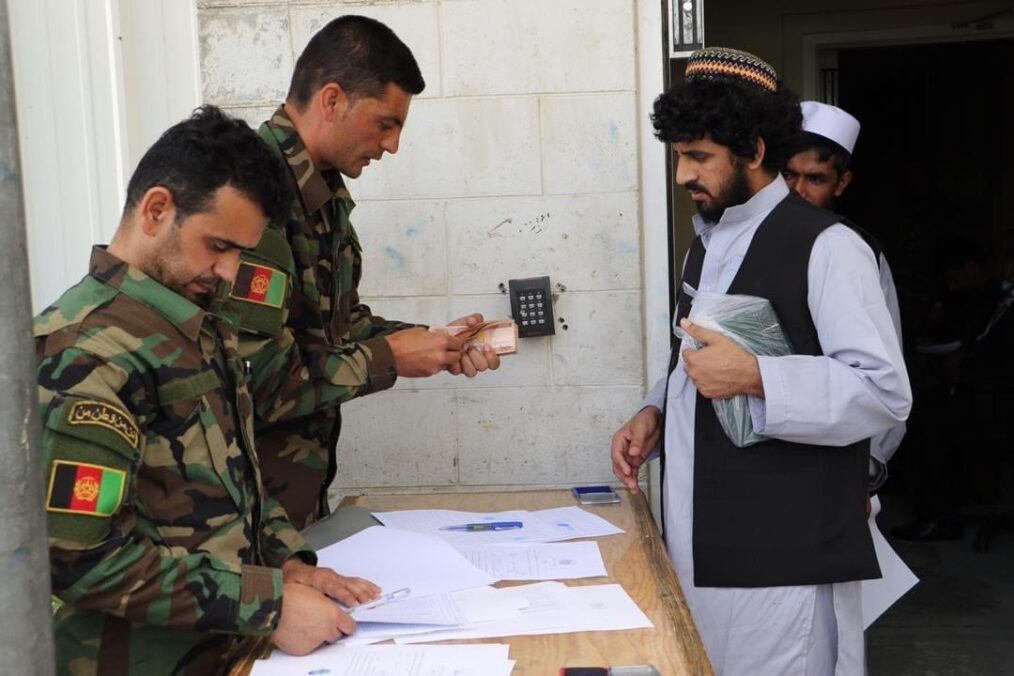Although the United States-Taliban agreement outlined the release of 5000 Taliban prisoners, the Ghani regime stalled the process before they reluctantly agreed to the release of 100 fighters. The Taliban remain upset that the entirety of their jailed fighters have not been released and such reversals prompted the Taliban technical team charged with prisoner swap negotiations to leave the discussion table frustrated days prior.
Peace seems impossible as both sides push partisan agendas and a serious political stalemate has derailed any intra-Afghan dialogue. As a consequence of this perennial dirty politicking, violent attacks on military personnel across Afghanistan began shortly after talks collapsed.
Undoubtedly, this is a fraught period for Afghanistan in general. Citizens struggle with COVID-19 while political crisis hampers any wider development. The Afghan government has been cynical of any peace talks from the start as they consider this development as a threat to their power.
Further, the Taliban seek the complete release of their prisoners. Tremendous effort has been applied in this regard, such as the recently released list of negotiators with the Taliban and a decrease in suicide bombings after the United States and the Taliban signed a peace deal in late February. On top of this, Washington decided to boycott integral aid as a method to pressure Afghan leaders to power-share through compromise.
The United States Has Stakes in the Peace Process
Presidential administrations have different objectives in Afghanistan. Under the George W. Bush administration, the 2001 US intervention sought to topple the Taliban, eliminate Osama bin Laden, and free Afghanistan. President Trump simply wants to end the US’ longest war he deemed as a “waste” and fulfill his 2016 campaign promise to bring troops home. As a result, his administration introduced a series of policies, such as the South East Strategy and the appointment of a special envoy to sign a deal with the Taliban. In a meeting with Afghan representatives, Zalmay Khalilzad once expressed, “I’m not a representative of Bush who asked me to restore Afghanistan, I’m a representative of Trump who wants our troops out.”
The Afghan government cannot understand or refuses to grasp that Washington will fulfill its stated objectives even if Kabul refuses to release prisoners or delay intra-Afghan dialogues. As Fawzia Koofi (member of the negotiating team and former MP) states, “The Afghan government is pressuring the US to recognize the Afghan government and in return, they will release the prisoners.”
Afghans will pay the price if the current government continues to delay the peace process — such as the $1 million cut in aid and suspended projects after US Secretary of State Mike Pompeo failed to resolve the turmoil between Abdullah Abdullah and Ashraf Ghani. Anytime the government postpones the release of prisoners or stall the peace process, the Taliban retaliate violently. In one single attack in Zabul last month, 28 Afghan forces were killed by the Taliban.
Are the Taliban Willing To Make Peace?
The US agreement signified victories for which the Taliban fought for 18 years: recognition and the withdrawal of US troops. Consequently, the Taliban have used it to disseminate propaganda against the weakened Afghan government. However, a lack of unity among the Taliban remains a barrier to peace though leadership and a sizable portion of the group are interested in further gains through diplomatic negotiations.
Taliban leadership and their masterminds understand that there is no return to the Islamic Emirate of the 1990s; therefore, they are willing to compromise on an Islamic type of regime — one that is acceptable to the wider Afghan government and Taliban interests. This is a principal topic of the peace process that is explicitly puzzling and debatable.
Something that remains misunderstood, primarily in Afghanistan, is that the Taliban agreed to a reduction of violence, but not a ceasefire. Violence remains the Taliban’s preferred tactic and remains vital in their power plays to force the Afghan government to retaliate militarily. Without violence, the Taliban is nothing.
Until they reach a deal with the Afghan negotiation team, the Taliban will continue on a violent path towards their ultimate goal of an Islamic Emirate. Peace will not prevail in the sole context of a US-Afghan agreement, as 22 other terrorist organizations, such as Daesh and increased activity by Chinese militants in new groups, continue their battles.
The route to peace in Afghanistan is complex and it will not be easy. Nonetheless, there is a sense of hope among Afghans that decades of civil war and extremist regimes, like the 1980s and 1990s, are behind them. The peace process will go nowhere if the current political stalemate does not come to an end. Leadership and cooperation are key to any ceasefire and the start of intra-Afghan dialogues.






